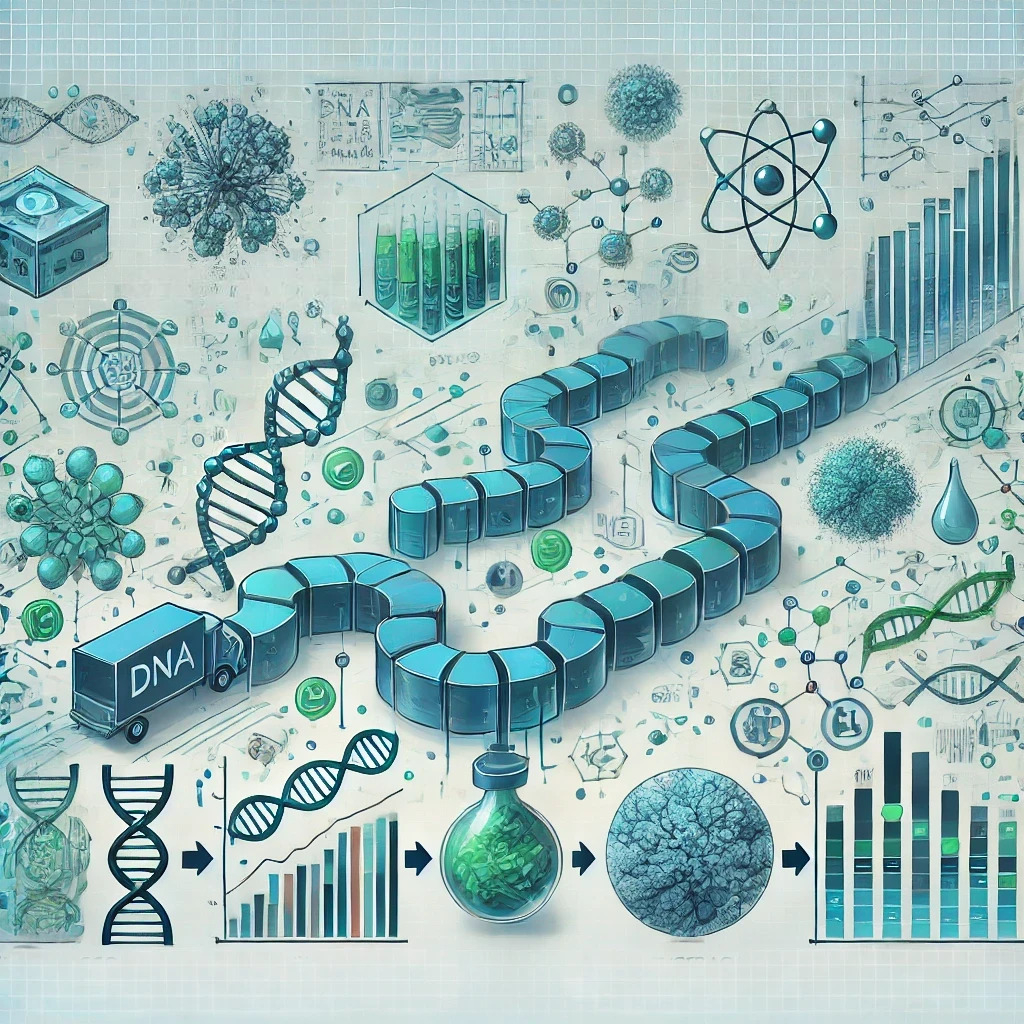Bioinformatics plays a crucial role in modern life sciences, enabling researchers to extract meaningful insights from vast amounts of biological data. But how does raw data transform into actionable biological knowledge? In this article, we explore the typical bioinformatics workflow, from data acquisition to interpretation.
Data Acquisition
The first step in any bioinformatics analysis is obtaining raw data. This can come from various sources, such as:
Once collected, this raw data is often stored in standardized formats such as FASTQ (for sequencing reads), RAW (for mass spectrometry), or DICOM (for imaging).
Data Preprocessing
Before analysis, raw data must be cleaned and formatted. Preprocessing steps depend on the data type but commonly include:
These steps ensure that downstream analyses are reliable and biologically meaningful.
Data Integration and Analysis
Once preprocessed, data is subjected to computational analysis to extract patterns and biological insights. Key methods include:
Data Visualization
Effective visualization is crucial for interpreting complex bioinformatics results. Common visualization techniques include:
Interpretation and Biological Insights
The final step in the bioinformatics workflow is drawing meaningful biological conclusions. Researchers must:
The journey from raw data to biological insights is complex but essential for modern research. Each step—data acquisition, preprocessing, analysis, visualization, and interpretation—plays a critical role in ensuring high-quality results. As technology advances, bioinformatics workflows continue to evolve, offering deeper insights into biology, medicine, and beyond.
Are you leveraging bioinformatics in your research? Contact Zenith Analytics to learn how we can help you transform data into discoveries!
